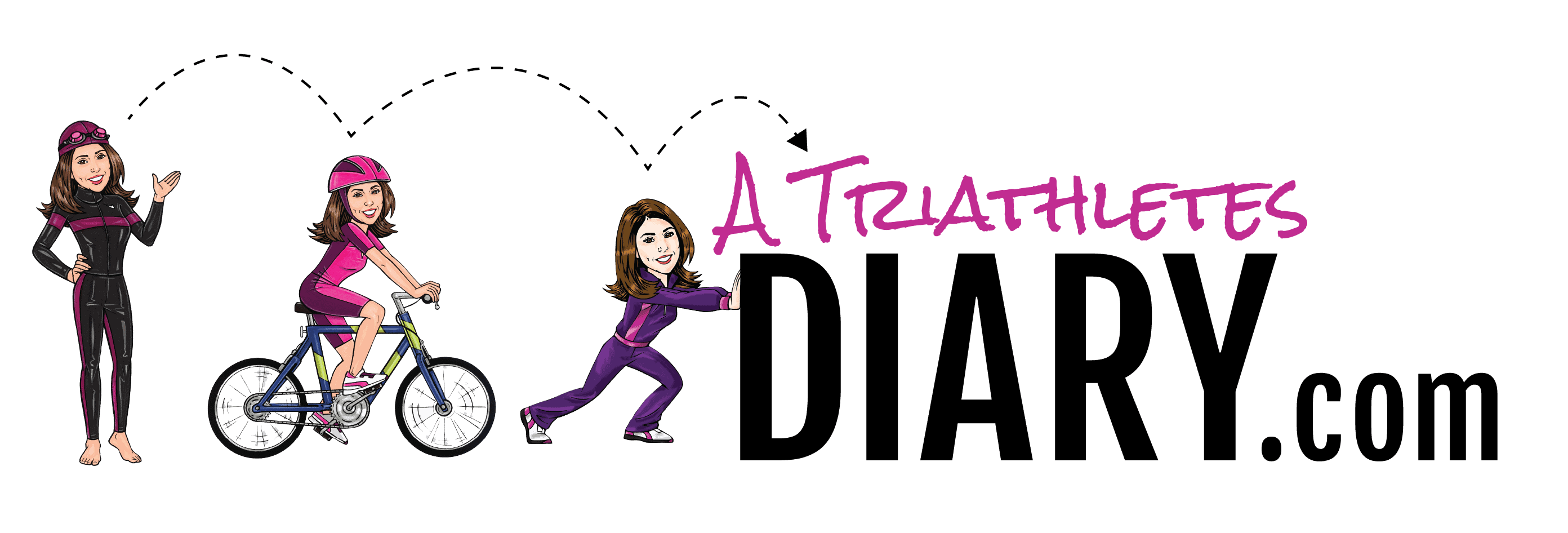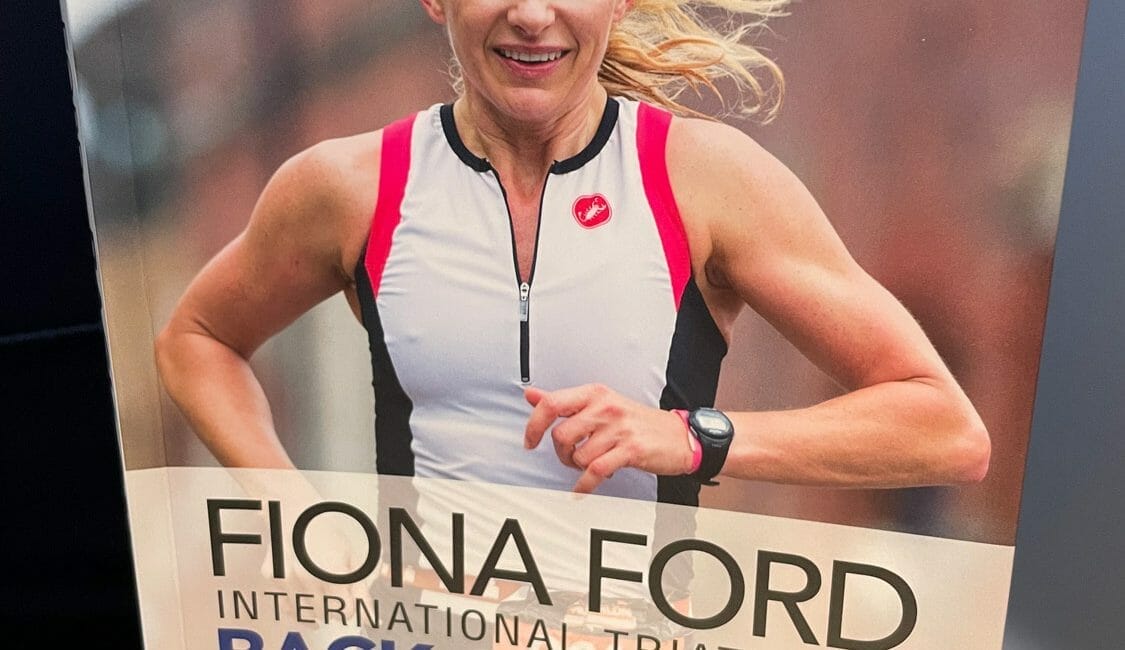We all get injured. That’s just the nature of the sport. But when you get injured, it’s hard to get passed feeling depressed and in despair, especially when you have an event that you were looking forward to that is no longer a reality.
Fiona Ford was riding on the road used for the 2012 Olympics bike route with her training partner when a motorist pulled out in front of her and clipped her bike. She had so many injuries including back and neck injuries that one would think she would no longer walk again, no less compete.
Back on Track
The book, Back on Track — How I recovered from a Life-Changing Accident and Got Back on the Podium, is a powerful book. Having an accident like the one endured by Fiona Ford takes grit and determination.
Fiona sustained injuries including a broken clavicle, broken pelvis, and sacrum. She spent a long time in the hospital and an even longer time recovering at home.
But the one thing I got from this book is her determination to walk again and eventually compete again.
Throughout the book, Ford offers tips on how to recover, taking baby steps along the way. My aha moment was when she talked about getting back to running and how she eased back into it almost a year after the accident.
Most of the book is about her rehabilitation, which is often not detailed in other books. Fiona Ford documented everything and really explains that it wasn’t a quick recovery, it was months and months of hard work, pain, and endurance. I was totally blown away by her determination and willpower. She never gave up.
I love the color photos throughout the book because it makes you feel engaged with the story.
Coping Strategies
In the book, Ford writes, “Make small goals so things don’t seem too far away. Instead of just having the end goal a race in a year’s time, focus on something in 6 months’ time, then 7 months, etc. so that you can have something to look forward to along the way.”
Another strategy that I loved was “remove yourself from the sport. If it bothers you hearing about results from other athletes, then concentrate on getting your rehab done and focus on what you can do.”
The last one resonated with me. I met a woman in Ann Arbor who hurt her shoulder and was signed up for the race I did in the lake. When I said, just come and volunteer, she said, “no, I would feel too upset to do that.”
It makes sense. Doesn’t it?
Set Back
Fiona Ford had several setbacks but yet, but she kept a good attitude and worked through them. Many of us, feel devastated and feel like we won’t be able to do something any longer. Just reading this book made me feel inspired to work hard and try really hard to get back to running, which I haven’t been able to do since my meniscus surgery almost a year ago. My failure was to continue with the exercises. I became distracted and focused on other things. But not Fiona. She stayed true to what she wanted and needed to do.
Pre-training plans
In the later chapters, she talks about training plans and how to get back on track, which I found useful and I think you will too.
Lastly
It was exciting to read the very last chapter, which was three years after the accident. Fiona Ford competed in the Windsor Olympic Triathlon and came in 7th place overall and 1st in her age group by 12 minutes.
Fiona Ford is an inspiration and if you ever had an injury or are currently injured, you will find that this book motivates and inspires you.
You can pick up the book on Amazon here: https://www.amazon.com/

